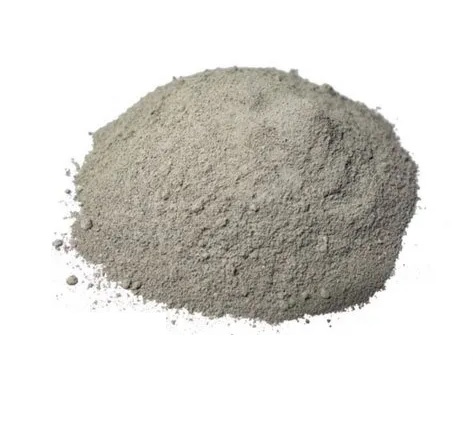Diamond powder is a finely ground form of diamond that is used in a variety of industrial, scientific, and technological applications due to its hardness and unique properties. While diamonds are most commonly known as gemstones, diamond powder has many uses, primarily in fields that require precision cutting, polishing, and abrasives.
Key Uses of Diamond Powder:
Abrasives and Cutting Tools:
Diamond powder is widely used as an abrasive material in industries where precision cutting, grinding, and polishing are required. Its extreme hardness allows it to effectively cut or grind through tough materials such as metals, ceramics, glass, and even other diamonds.
It is often used in the manufacturing of grinding wheels, polishing pads, and cutting tools, where it helps smooth, refine, and shape surfaces.
Polishing and Finishing:
Diamond powder is used for polishing gemstones, including diamonds themselves, to achieve a high level of shine and smoothness. It’s also used for polishing other materials, such as metals and optical lenses, due to its fine abrasive properties.
In the jewelry industry, diamond powder can be used to polish and refine the facets of diamonds and other gemstones, improving their clarity and brilliance.
Laser and Micron Tools:
Diamond powder is used in the production of laser-cutting tools and high-precision micro-tools, where its hardness and fine texture provide exceptional cutting efficiency and durability.
Electronic and Optic Manufacturing:
In the electronics and optics industries, diamond powder is used for polishing lenses and mirrors that require high optical clarity. It’s also used in the manufacturing of semiconductors, where precision is critical.
Nanotechnology and Scientific Research:
Diamond powder has applications in nanotechnology, where its fine particles can be used in research related to nanomaterials, coatings, and surface treatments. It’s also used in scientific equipment and tools that require a high degree of precision.
Diamond Powder Grades:
Diamond powder comes in various grades, depending on factors such as particle size and the specific application. Finer powders are typically used for polishing and delicate finishing work, while coarser powders are used for cutting and grinding.
Synthetic Diamond Powder:
While natural diamond powder can be sourced from industrial diamonds, synthetic diamond powder is also widely available. Synthetic diamonds are produced through high-pressure, high-temperature (HPHT) methods or chemical vapor deposition (CVD) processes. These synthetic powders often have a similar hardness and physical properties as natural diamonds, but they can be produced more cost-effectively and in larger quantities.
Diamond powder is indispensable in industries where extreme precision, cutting, and polishing are needed, making it a versatile and highly valuable material in modern manufacturing.
